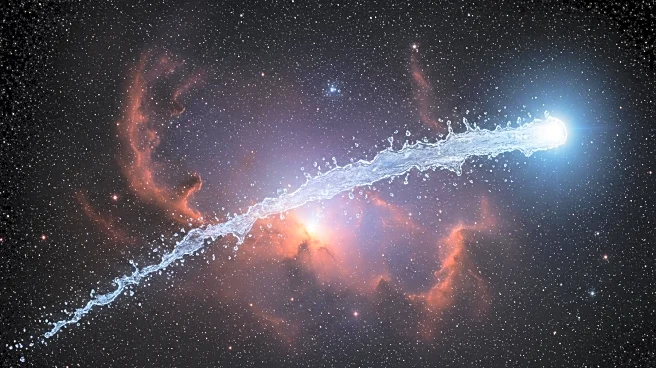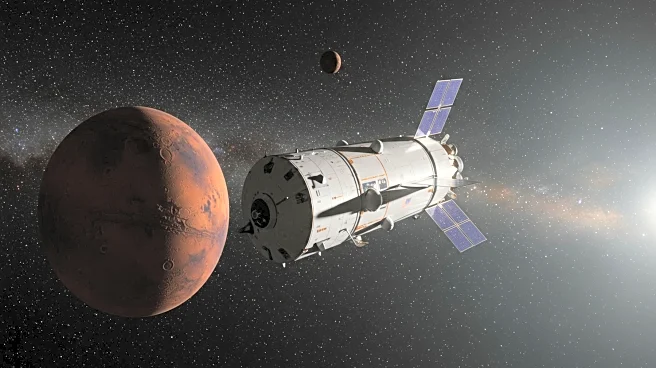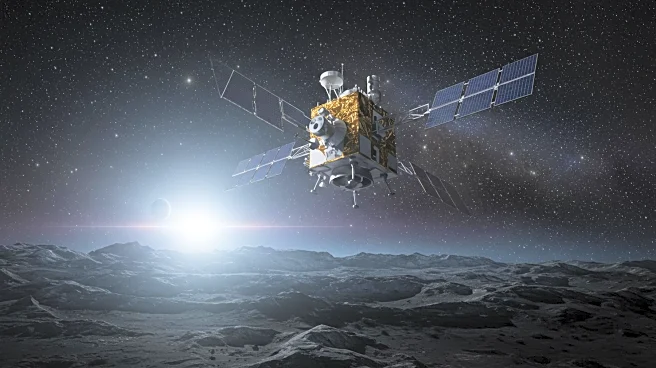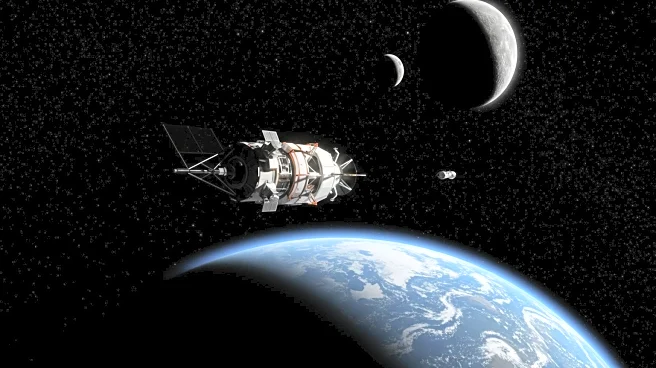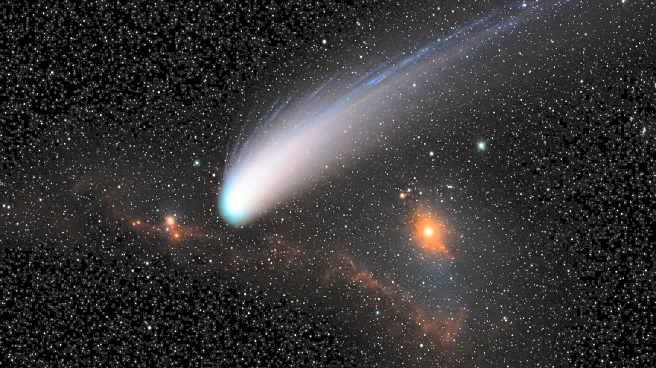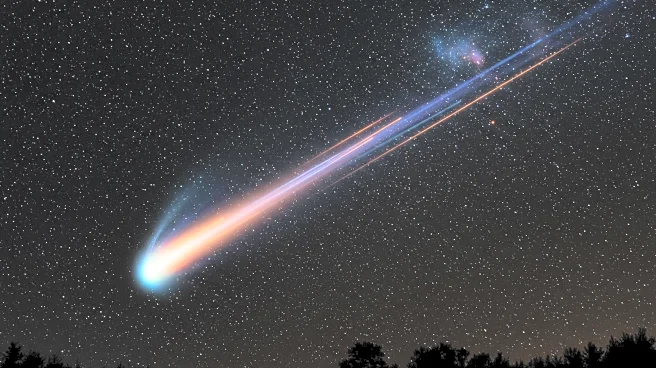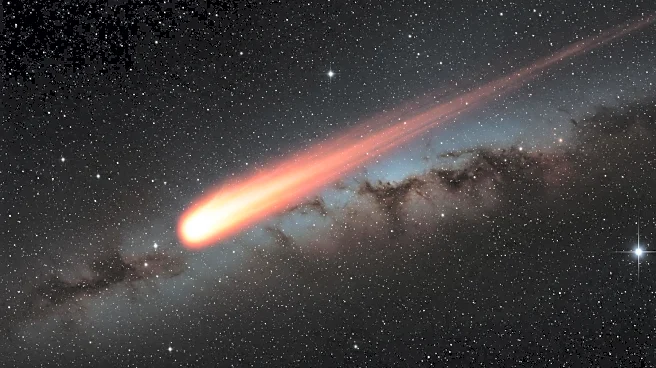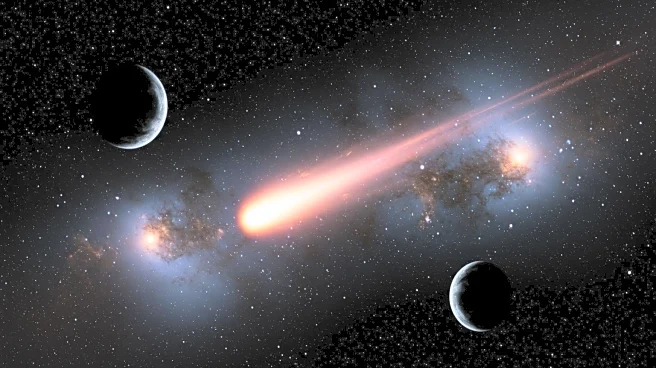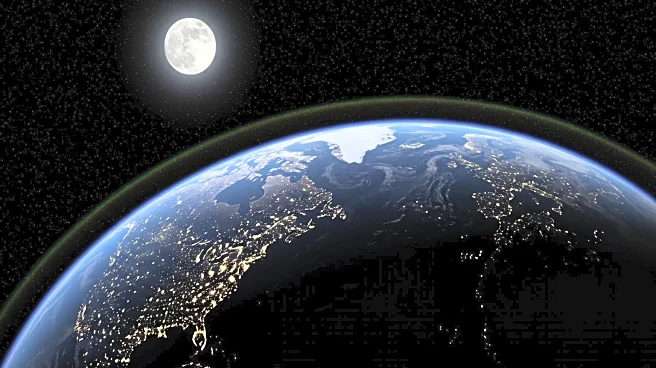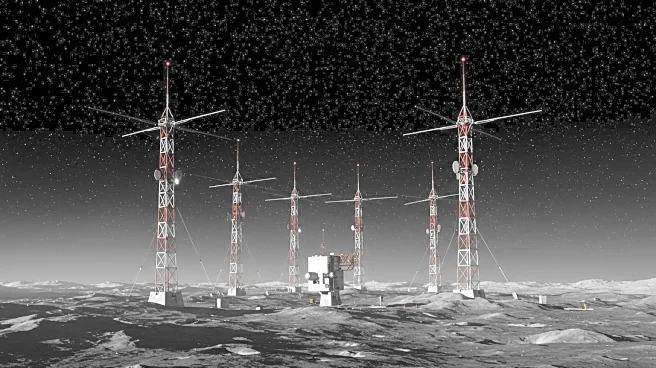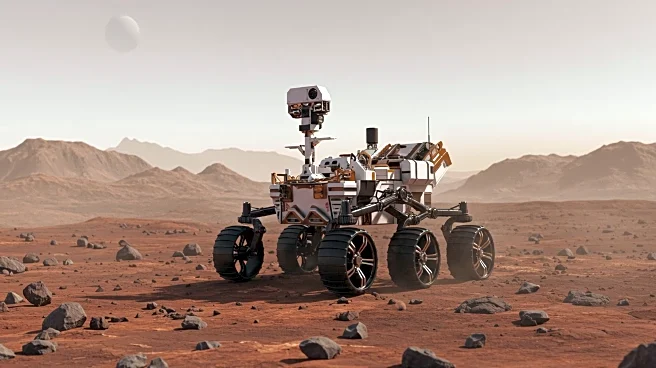What's Happening?
Recent observations using the Atacama Large Millimeter/submillimeter Array (ALMA) have revealed that the water found in the comet 12P/Pons-Brooks, also known as the 'Devil Comet,' is strikingly similar to Earth's ocean water. Led by Martin Cordiner from NASA's Goddard Space Flight Center, the study mapped ordinary and 'heavy' water in the comet's gas cloud, providing the first detailed spatial mapping of these water forms in a comet. The findings suggest that comet impacts may have contributed to Earth's water supply, supporting the theory that icy objects delivered water to the planet during its early formation.
Why It's Important?
This discovery is significant as it provides strong evidence for the theory that comets played a role in delivering water to Earth, a crucial element for sustaining life. The similarity in the deuterium to hydrogen (D/H) ratio between the comet's water and Earth's oceans suggests that comets could have been a source of water during the planet's formative years. Understanding the origins of Earth's water can offer insights into the planet's habitability and the processes that made life possible. The study also highlights the importance of using advanced telescopes like ALMA to explore cosmic phenomena.
What's Next?
Further research may focus on analyzing other comets to determine if they share similar water characteristics with Earth. Scientists might also explore the implications of comet impacts on the delivery of other essential materials for life. The findings could lead to new studies on the role of comets in planetary formation and the potential for similar processes on other planets. Continued observations using ALMA and other facilities will be crucial in expanding the understanding of cometary contributions to Earth's development.
